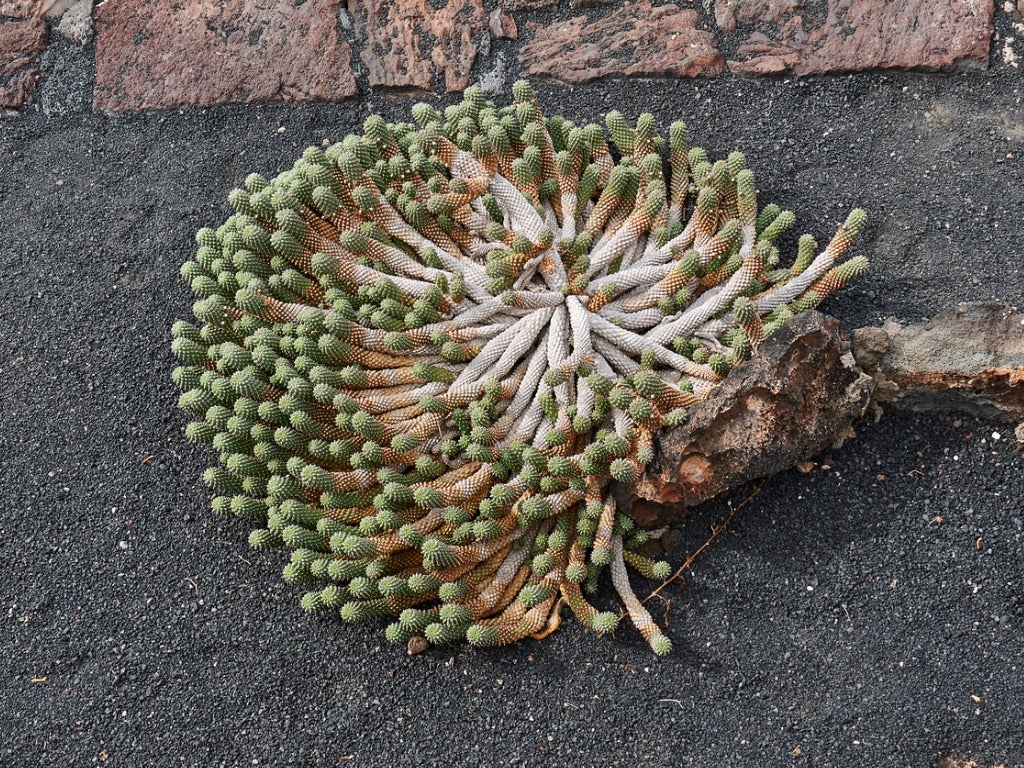Euphorbia Medusa’s Head Care: How To Grow A Medusa’s Head Plant


The genus Euphorbia boasts a number of fascinating and beautiful plants, and the Medusa’s Head euphorbia is one of the most unique. Medusa’s Head plants, native to South Africa, grow numerous grayish green, snake-like branches extending from a central hub that keeps the twisty, leafless branches supplied with moisture and nutrients. In perfect conditions, the plants can measure as much as 3 feet (1 m.) across, and yellowish green blooms appear around the hub in spring and summer. Want to learn how to grow a Medusa’s Head? Read on.
How to Grow a Medusa’s Head Euphorbia
You may be lucky enough to find Medusa’s Head plants (Euphorbia caput-medusae) at a garden center that specializes in cacti and succulents. If you have a friend with a mature plant, ask if you can have a cutting to propagate your own plant. Let the cut end dry for a few days to develop a callus before planting. Medusa’s Head euphorbia is suitable for growing outdoors in USDA hardiness zones 9b through 11. Euphorbia requires at least six hours of direct sunlight per day and tolerates temperatures in the low 90s (33-35 C.). However, afternoon shade is beneficial in hotter climates, as extreme heat may stress the plant. Well-drained soil is absolutely critical; these plants are likely to rot in soggy soil. This fascinating plant also does well in pots but requires a well-drained potting mix such as a mixture of pumice, coarse sand, and potting soil.
Euphorbia Medusa’s Head Care
Although Medusa’s Head is drought-tolerant, the plant benefits from regular moisture during summer and won’t tolerate long periods of drought. In general, one watering every week or so is enough. Again, be sure the soil drains well and never allow the soil to become waterlogged. Medusa’s Head plants in containers shouldn’t be watered during the winter months, although you can water the plant very lightly if it begins to look shriveled. Fertilize the plant monthly during spring and summer, using a water-soluble fertilizer mixed to half strength. Otherwise, caring for Medusa’s Head isn’t complicated. Watch for mealybugs and spider mites. Be sure the plant isn’t crowded, as good air circulation can prevent powdery mildew. Note: Be careful when working with Medusa’s Head plants. Like all Euphorbia, the plant contains sap that can irritate eyes and skin.
Sign up for the Gardening Know How newsletter today and receive a free copy of our e-book "How to Grow Delicious Tomatoes".

A Credentialed Garden Writer, Mary H. Dyer was with Gardening Know How in the very beginning, publishing articles as early as 2007.